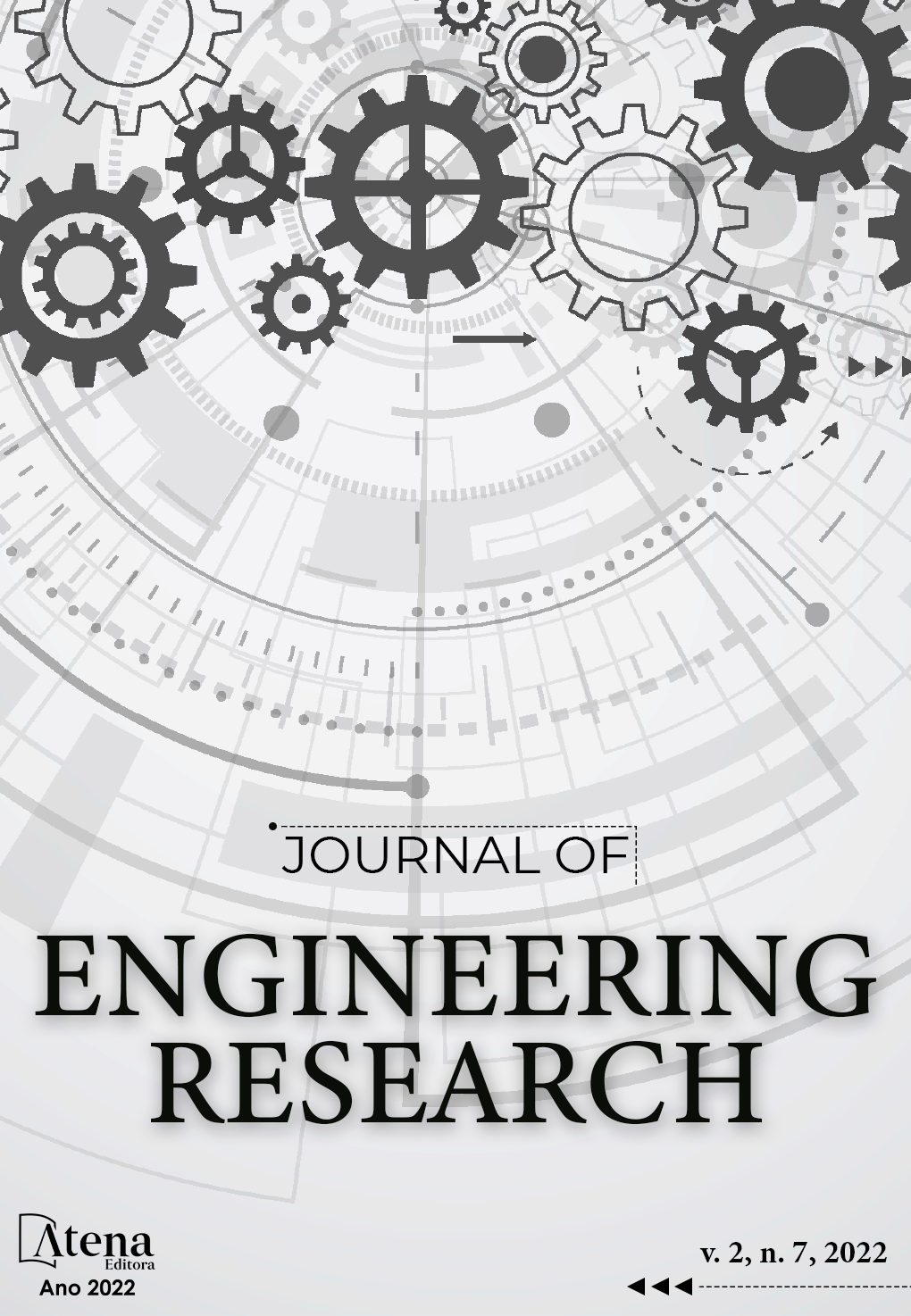
MICROSTRUCTURAL CHARACTERIZATION OF THE INTERFACE OF THE WELDED JOINT API 5L X52 STEEL COATED WITH INCONEL 625
This work aims to microstructurally characterize the interface region formed between API 5LX52 microalloyed steel internally coated with a Nickel Inconel 625 superalloy through the multipass GTAW welding process. The motivation of this study is due to the microstructural difference that can weaken the interface region. This work consists of analyzing metallographically and through Vickers microhardness profile a sample containing 50% of both materials. The microstructures were revealed using two chemical reagents: Nital 2% to attack API X52 steel and an oxalic solution. (C2H2O4.2H2O) at 10% to react with Inconel 625 and subsequently recorded through optical and electron microscopy. The chemical attacks used made it possible to identify in the thermally affected zone, with essentially baianitic microstructure, presence of polygonal ferrite, granular bainite and Widmanstätten ferrite. The microhardness profile had minimum values of 150 HV and maximum values of 320 HV.
MICROSTRUCTURAL CHARACTERIZATION OF THE INTERFACE OF THE WELDED JOINT API 5L X52 STEEL COATED WITH INCONEL 625
-
DOI: 10.22533/at.ed.317272210054
-
Palavras-chave: API steels, welded joint microstructure, inconel 625 coating.
-
Keywords: API steels, welded joint microstructure, inconel 625 coating.
-
Abstract:
This work aims to microstructurally characterize the interface region formed between API 5LX52 microalloyed steel internally coated with a Nickel Inconel 625 superalloy through the multipass GTAW welding process. The motivation of this study is due to the microstructural difference that can weaken the interface region. This work consists of analyzing metallographically and through Vickers microhardness profile a sample containing 50% of both materials. The microstructures were revealed using two chemical reagents: Nital 2% to attack API X52 steel and an oxalic solution. (C2H2O4.2H2O) at 10% to react with Inconel 625 and subsequently recorded through optical and electron microscopy. The chemical attacks used made it possible to identify in the thermally affected zone, with essentially baianitic microstructure, presence of polygonal ferrite, granular bainite and Widmanstätten ferrite. The microhardness profile had minimum values of 150 HV and maximum values of 320 HV.
-
Número de páginas: 11
- Bruna Brito Freitas
- Aldecir Alves de Araujo


